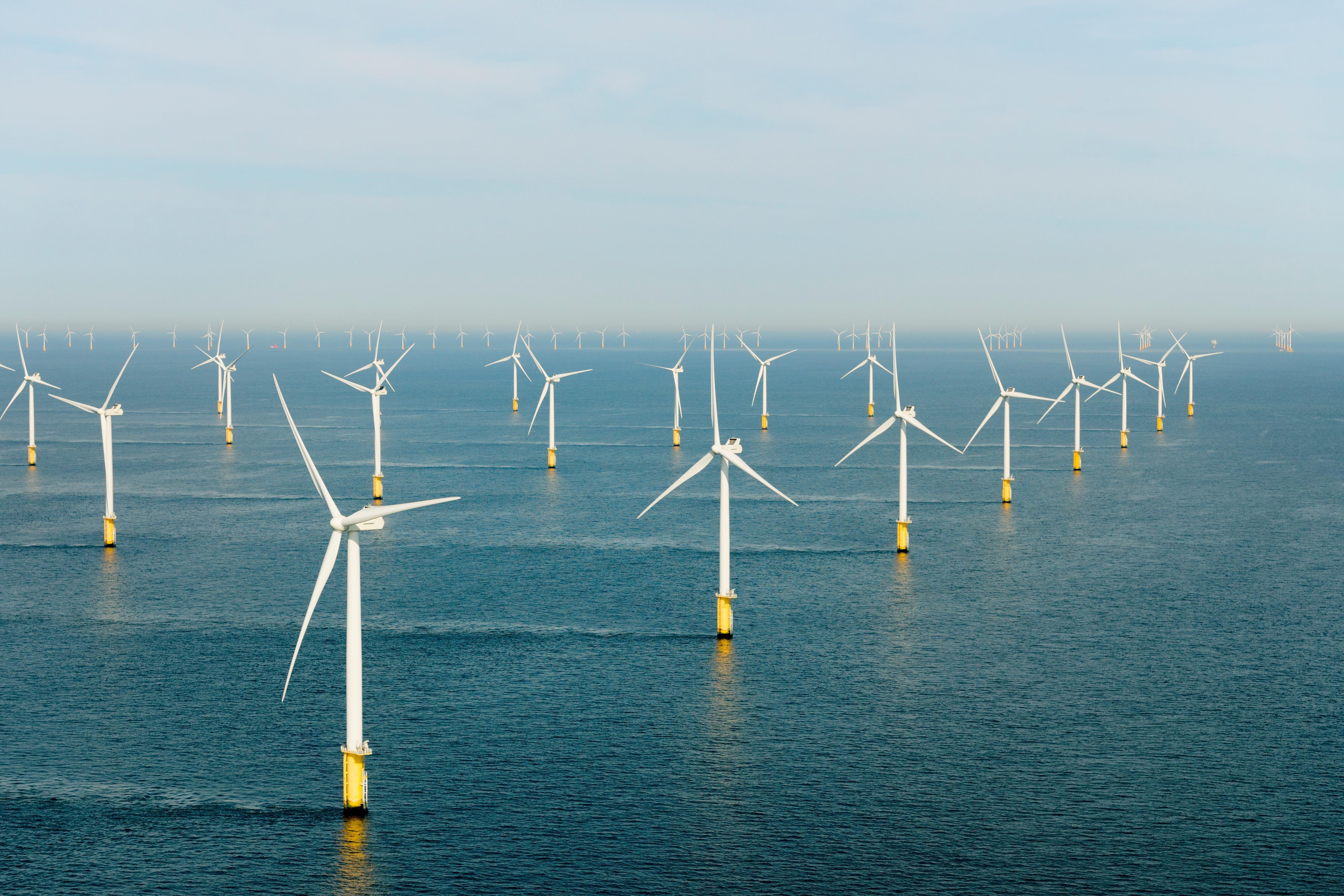Offshore Wind Energy Market Investments: Powering a Sustainable Future

The offshore wind energy market is experiencing a surge in investments, marking a pivotal shift towards a more sustainable energy future. As governments and corporations alike prioritize renewable energy in their strategies to combat climate change, offshore wind is emerging as a critical solution. This article explores the current landscape of investments in the offshore wind energy market, the factors driving this trend, and its implications for a sustainable future.
The Investment Landscape
The global offshore wind energy market has seen a dramatic increase in investments over the past decade. In 2022 alone, investments in offshore wind reached approximately $40 billion, reflecting a growing recognition of its potential. Major players, including governments, private equity firms, and energy companies, are channeling significant resources into this sector, signaling confidence in its long-term viability.
Key Investment Regions
-
Europe: The European offshore wind market remains the most mature, with countries like the UK, Germany, and Denmark leading in capacity and innovation. Investments in Europe are largely driven by government policies aimed at achieving renewable energy targets and reducing carbon emissions.
-
Asia-Pacific: China is rapidly becoming the global leader in offshore wind investment, with ambitious plans to install 100 GW of offshore capacity by 2030. Other countries in the region, such as Japan and South Korea, are also increasing their investments, signaling a burgeoning market.
-
North America: The U.S. is witnessing a surge in offshore wind investments, particularly along the East Coast. Recent federal initiatives, including tax incentives and regulatory support, have catalyzed a wave of new projects, aiming to deploy 30 GW of offshore wind by 2030.
Driving Factors Behind Investments
Several key factors are propelling investments in the offshore wind energy market:
1. Policy Support and Incentives
Government policies play a critical role in driving investment. Many countries have implemented ambitious renewable energy targets, backed by financial incentives such as tax credits, grants, and feed-in tariffs. These policies provide the necessary framework to attract private investment and facilitate project development.
2. Economic Viability
The cost of offshore wind energy has decreased significantly, making it one of the most competitive sources of renewable energy. Technological advancements, economies of scale, and improved supply chain efficiencies have contributed to this decline in costs, enhancing its attractiveness to investors.
3. Growing Demand for Clean Energy
As the world grapples with climate change, there is an increasing demand for clean energy solutions. Offshore wind energy offers a reliable and scalable source of renewable energy that can help meet global energy needs while reducing greenhouse gas emissions.
4. Technological Advancements
Innovations in turbine technology, such as larger and more efficient models, are improving the performance and reliability of offshore wind farms. Additionally, the development of floating wind technology is expanding the geographic reach of offshore wind, attracting further investments.
Challenges and Considerations
Despite the positive investment outlook, the offshore wind energy market faces several challenges that could impact future growth:
-
Regulatory Barriers: Navigating the complex regulatory landscape can lead to delays and increased costs for developers. Streamlining regulatory processes is essential for facilitating timely project approvals.
-
Infrastructure Needs: Many regions lack the necessary infrastructure to support large-scale offshore wind development. Investments in ports, grid connections, and maintenance facilities are critical to accommodate future growth.
-
Supply Chain Constraints: Disruptions in the supply chain, as seen during the COVID-19 pandemic, can hinder project timelines and increase costs. Building a resilient and diversified supply chain will be essential for sustained investment.
- Art
- Causes
- Crafts
- Dance
- Drinks
- Film
- Fitness
- Food
- Jocuri
- Gardening
- Health
- Home
- Literature
- Music
- Networking
- Alte
- Party
- Religion
- Shopping
- Sports
- Theater
- Wellness


